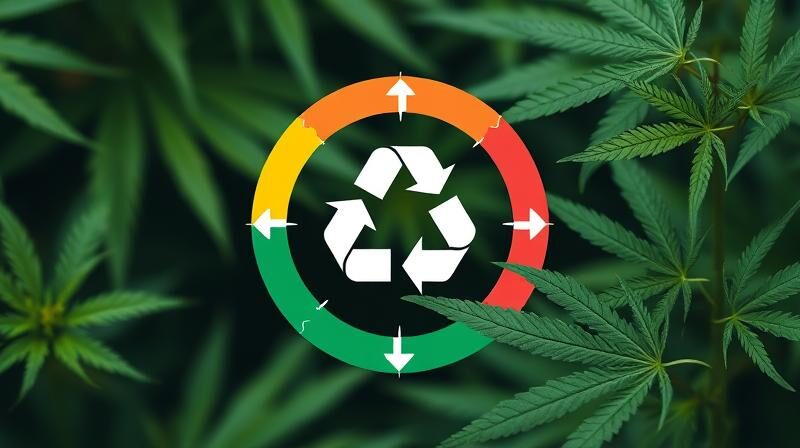As Albania seeks to strengthen its rural development and agricultural sectors, it can take inspiration from the United States’ proactive approach to supporting the industrial hemp (industrial cannabis) industry. The U.S. Department of Agriculture (USDA) has made significant strides in promoting industrial hemp through research grants and initiatives that have not only improved agricultural practices but also stimulated rural economies. By implementing similar funding projects in Albania, the country can unleash hemp’s potential as a key driver for rural development.
The USDA Agricultural Research Service (USDA-ARS) has been at the forefront of hemp research, focusing on improving hemp genetics, optimizing production systems, and exploring innovative applications for the crop. These initiatives have laid a solid foundation for a thriving hemp industry in the country, benefiting farmers, rural communities, and manufacturing sectors across the U.S. Albania can implement this model by creating dedicated research programs to improve the local hemp industry.
Currently, USDA-ARS oversees 40 active hemp-related research projects, covering important areas such as genetics, agronomy, and product development. While specific funding details vary, USDA-ARS has received a significant budget of $1.9 billion through 2024 for agricultural research, which includes support for hemp initiatives. Albania could allocate similar funding to agricultural research institutions and universities to foster innovation in hemp cultivation and processing.
Improving Hemp Genetics for Albanian Farmers
A critical aspect of USDA research is the genetic improvement of hemp varieties. By developing varieties that yield consistently, resist disease, and have desirable fiber and seed characteristics, the U.S. has empowered farmers to thrive in diverse climates. Albania can invest in genetic research to create hemp cultivars adapted to its unique agricultural conditions, providing farmers with reliable options that increase productivity.
Optimizing Agronomic Practices for Sustainable Agriculture
Understanding best practices for planting, nutrient management, and harvesting is essential for maximizing hemp’s potential as a rotational crop. USDA-ARS has focused efforts on refining production techniques to ensure that hemp integrates seamlessly into existing farming systems. Albania can benefit from similar studies, which will help local farmers overcome challenges related to plant density, weed control, and harvesting methods, ultimately leading to increased yields and sustainable farming practices.
Building a Strong Supply Chain for Hemp Processing
For hemp to contribute significantly to Albania’s rural economy, strong supply chains need to be established. Research on processing techniques for hemp fibers and seeds is essential to make these raw materials accessible for various applications, including textiles, construction materials, and bio-based products. By investing in research and development, Albania can improve its processing capacities, creating new economic opportunities, and boosting local production.
Promoting Environmental Sustainability through Hemp
Hemp is known for its environmental benefits, such as improving soil health and sequestering carbon. Research initiatives in the U.S. are exploring how hemp can be integrated into regenerative agriculture systems, aligning agricultural practices with sustainability goals. Albania could adopt similar strategies, promoting hemp cultivation as a means to improve soil conservation and reduce the environmental impact of agriculture.
A Vision for the Future of Hemp in Albania
Following the U.S. example, Albania has the opportunity to cultivate a strong and competitive hemp industry that supports rural development and economic growth. Investment in research and funding initiatives will be essential to address challenges in genetics, agronomy, and processing. With a joint effort, Albania can unleash the full potential of hemp, creating new opportunities for farmers and businesses, while contributing to the overall sustainability of its agricultural landscape.
References:



